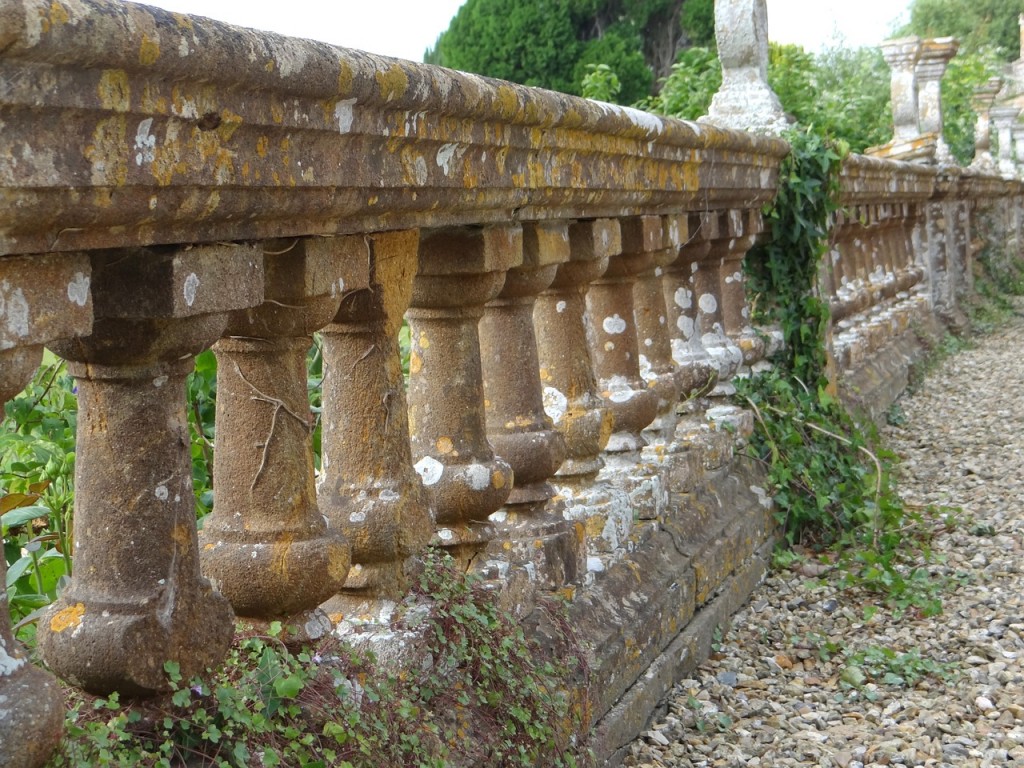
Gardening has gone through plenty of fashions, fads and phases, from the very first humans to grow vegetables and edible herbs on their doorstep, instead of foraging for them, through to planting flowers and shrubs for their aesthetic appeal rather than any real practical purpose.
Victorian gardens are key
But it was the Victorians who really made gardening into a universal hobby, and one that allows almost anyone to create an outdoor space packed with plants that would never normally be found there, and which were germinated in controlled conditions using the technological marvel that was the Victorian greenhouse.
In the 1800s, there was a new craze in gardening, and that was to collect new, unusual and exotic plants brought to the UK from overseas, and this turned gardens into galleries, with organised, formal planting to display the latest novelties.
As a contrast with the more natural planting approach of the previous decades, the Victorian method combined landscaping with structure and architecture, from walled gardens, to terraces edged with balustrades in the Italian style.
There’s a reason we love Victorian glasshouses

Victorian glasshouses are testament to this – an indoor space where almost anything can be grown in controlled conditions, and on the outside, an architectural delight from the intricate framework to the pitched roof and decorative ridge finials.
Without these technological advances, the gardeners of the time could not have overcome the challenge of growing plants accustomed to warmer climates – and to this day, modern Victorian glasshouses work in largely the same way as their contemporary equivalents, combining the trapped heat of the sun with carefully controlled ventilation to maintain the ideal internal temperature.
Formal planting did not last throughout the whole of the Victorian age though, and in the late 1800s tastes turned back the other way, with a resurgence of more ‘natural’ landscaping and woodland gardens, along with a rise in popularity of native British plants.
It’s worth remembering that this was the era of the Industrial Revolution, when mechanisation was making many aspects of life more rigid in structure than they had ever been before – and against this highly industrial backdrop, the use of more natural planting was part protest, and part escape from that world.
A garden has always been an escape

Outside, rockeries rose to favour, stocked with appropriate plants in honour of the Victorian explorers and adventurers who brought specimens back from some of the most remote mountainous regions of the world.
More delicate flowering plants from every corner of the globe took pride of place in flowerbeds, with vibrant colours and new shapes of bloom, brought to maturity in Victorian glasshouses where necessary before being given their place in the sun outside.
Larger properties may have had an arboretum too, extending this adventurous approach to gardening so that it also included new species of tree brought back from distant shores.
And in a return to those early origins of domestic gardening, exotic fruits and foreign vegetables were grown alongside native species in the relative protection of a walled garden or, once again, having first been brought to a hardy state of maturity in a Victorian greenhouse.


